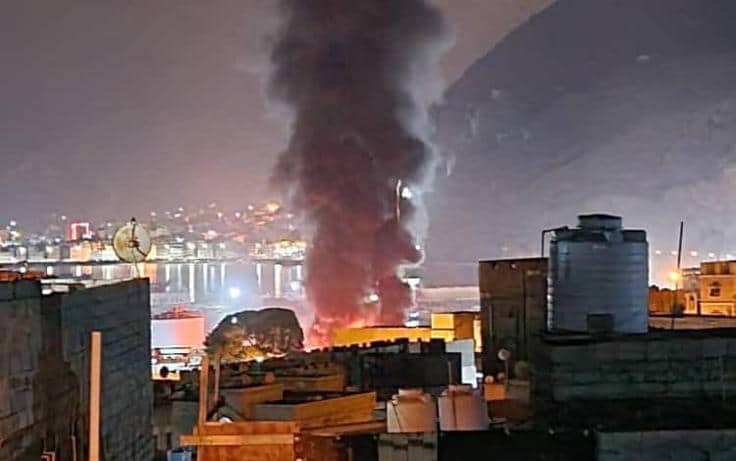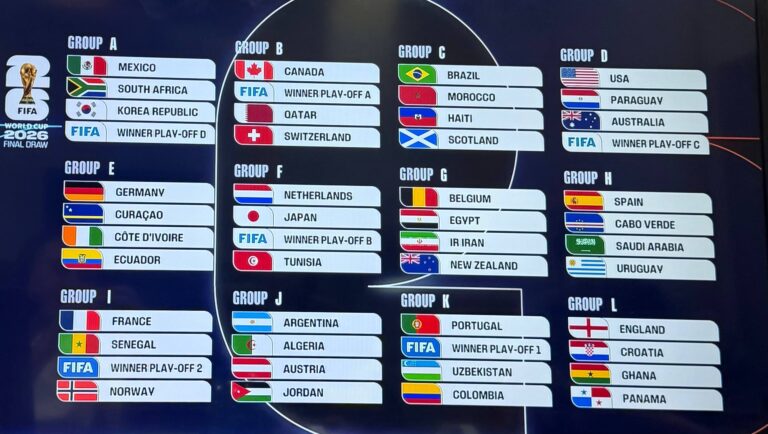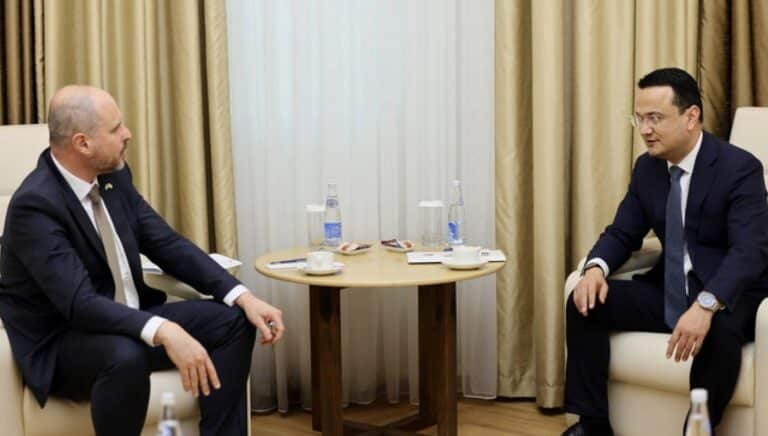
During his visit to Uzbekistan, Russian President Vladimir Putin and Uzbek President Shavkat Mirziyoyev discussed the situation of migrant workers in Russia. Putin assured that Russia will ensure decent working conditions and social protection for Uzbek citizens working in Russia. He also mentioned that the remittances sent by these workers significantly help Uzbekistan’s economy and families in various regions of the country.
Kursiv analysed the impact of migrant labour on the economy and looked into whether this contribution is expected to change in the coming years.
Decrease and Moderate Increase
Last year, the volume of cross-border transfers expectedly decreased after more than doubling in 2022. According to the Central Bank of the Republic of Uzbekistan, the drop was 33%. The share of remittances in nominal GDP also decreased from 21% in 2022 to 12.1% in 2023.
At the same time, according to the financial regulator, over the past five years, income from abroad provided 16% of the income of Uzbek citizens.
Over the next three years, the Central Bank predicts an average annual growth of 10–11% of money transfers. By the end of this year, the total volume of money transfers could reach $12–12.5 billion and amount to 12–12.5% of GDP, with economic growth expected to reach $100 billion.
If GDP continues to grow at 5.3–5.7% per year, this indicator will remain a benchmark for the next two years.
Sources and Numbers
As before, Russia is the primary source of remittances, but migration and cash flows are gradually becoming more diverse. Due to the high volatility of the ruble exchange rate, the share of transfers from Russia decreased from 87% in 2022 to 78% in 2023. The volume of transfers decreased by 41.7% from $14.7 billion to $8.58 billion over the past year, with a 14% increase reported in other countries.
In the first quarter, Russia accounted for 68% of remittances, still higher than the 50% share in 2019–2021.
According to the National Bank of the Republic of Kazakhstan data, Kazakhstan ranked second in remittances, with $588 million sent, a 1% decrease compared to the previous year.
In addition to Russia and Kazakhstan, migrant workers from Uzbekistan are also exploring opportunities in Turkey, South Korea, and the USA. We still need money transfer data from these countries.
Key Factor
Even with the fall in the ruble exchange rate and other economic issues in Russia, labour migration from Uzbekistan to Russia has continued to increase since the removal of the COVID restrictions. According to the Russian FSB border service, last year, citizens of Uzbekistan crossed the Russian border for work outside their country almost 2 million times, a 38% increase from the previous year. However, this flow had decreased partially by the end of the year.
The Expert RA rating agency’s analysis showed that in October 2023, the Russian employer’s demand for personnel increased by almost 8.5% compared to the same month in 2022. In September, there were 26.0 unemployed people per 100 announced vacancies, reaching a minimum since the beginning of the previous year.
Interviewed by Kursiv experts agree that the labour shortage, which stimulates labour drift, will continue to be the main driver of remittances between our countries despite the complex geopolitical situation and sanctions pressure.
“There is an interconnectedness between economies. Don’t forget the current labour shortage in the Russian Federation. Unless something extraordinary happens, I wouldn’t expect a significant decrease in the volume of remittances. Yes, remittances are becoming more complex and expensive, but demand creates its own supply. If some money transfer methods become unavailable, new ones will appear,” said Dmitry Novochenko, project leader at Frank RG.
According to Viktor Dostov, chairman of the Council of the Association of Participants in the Electronic Money and Money Transfer Market AED, the scenario of correspondent relations between countries and local currency exchange instruments needing to be blocked entirely is unlikely.
“In all other cases, there will be providers who will organise the Russia-Uzbekistan payment corridor. Therefore, if there is a flow (maintaining current migration activity), there is no need to expect a drastic decrease in flows,” notes Dostov.












